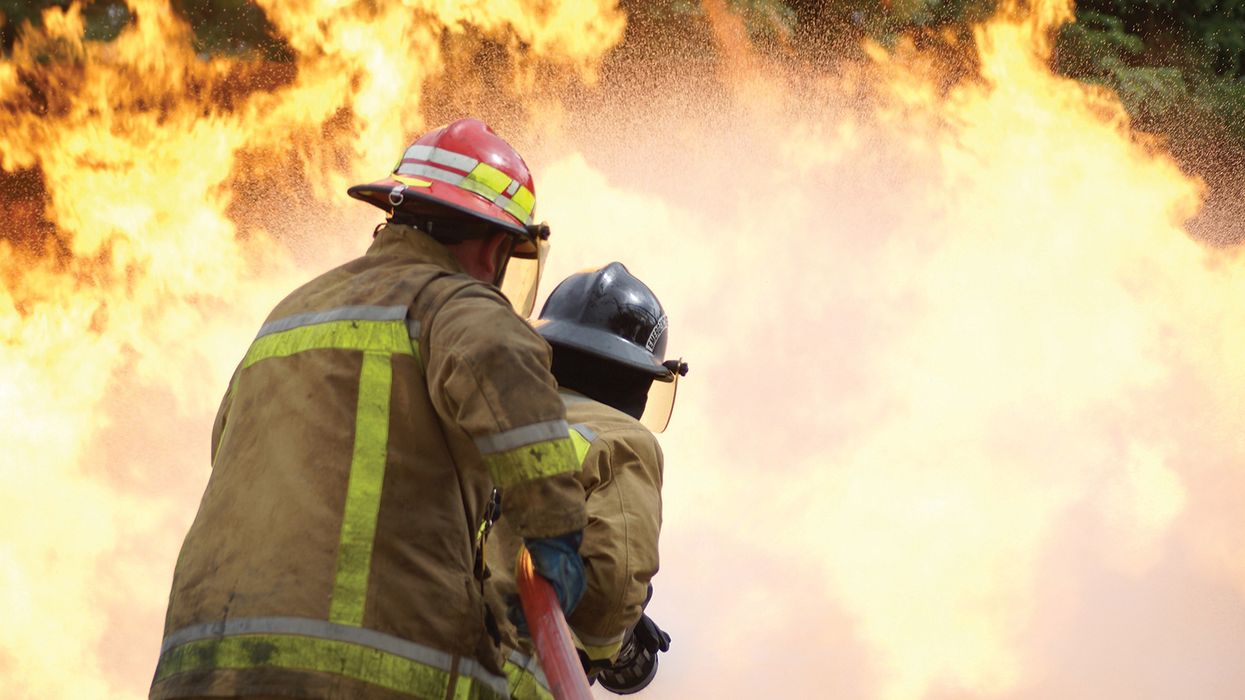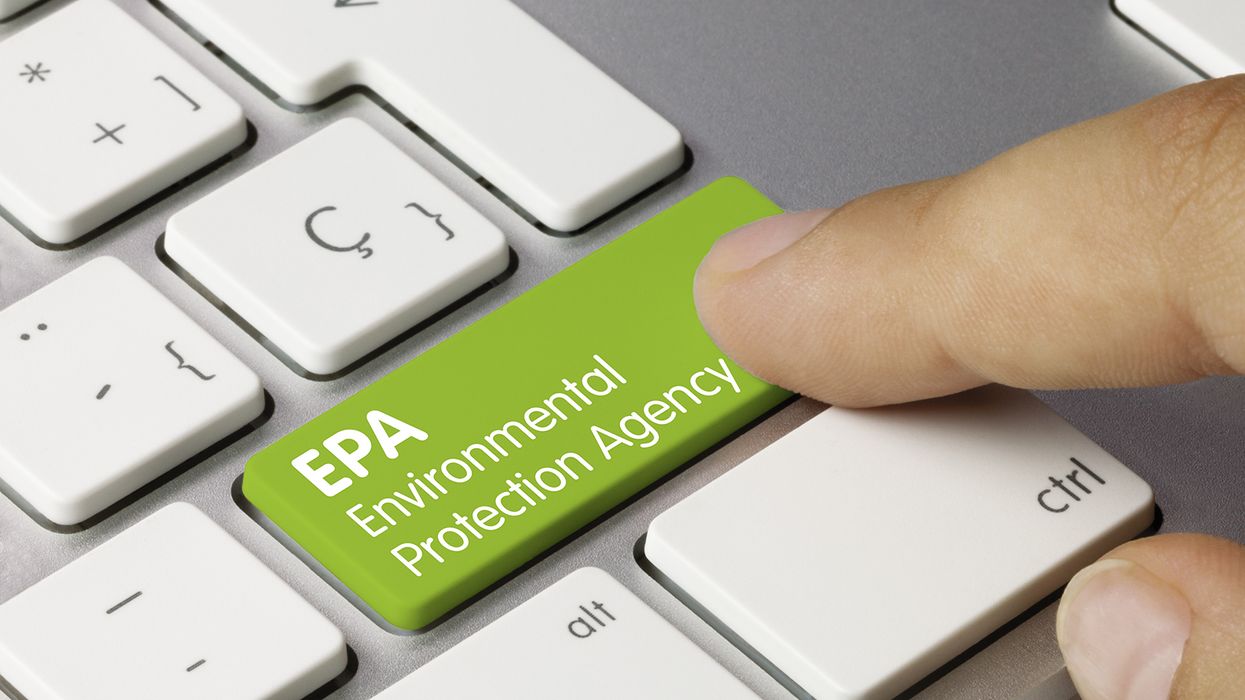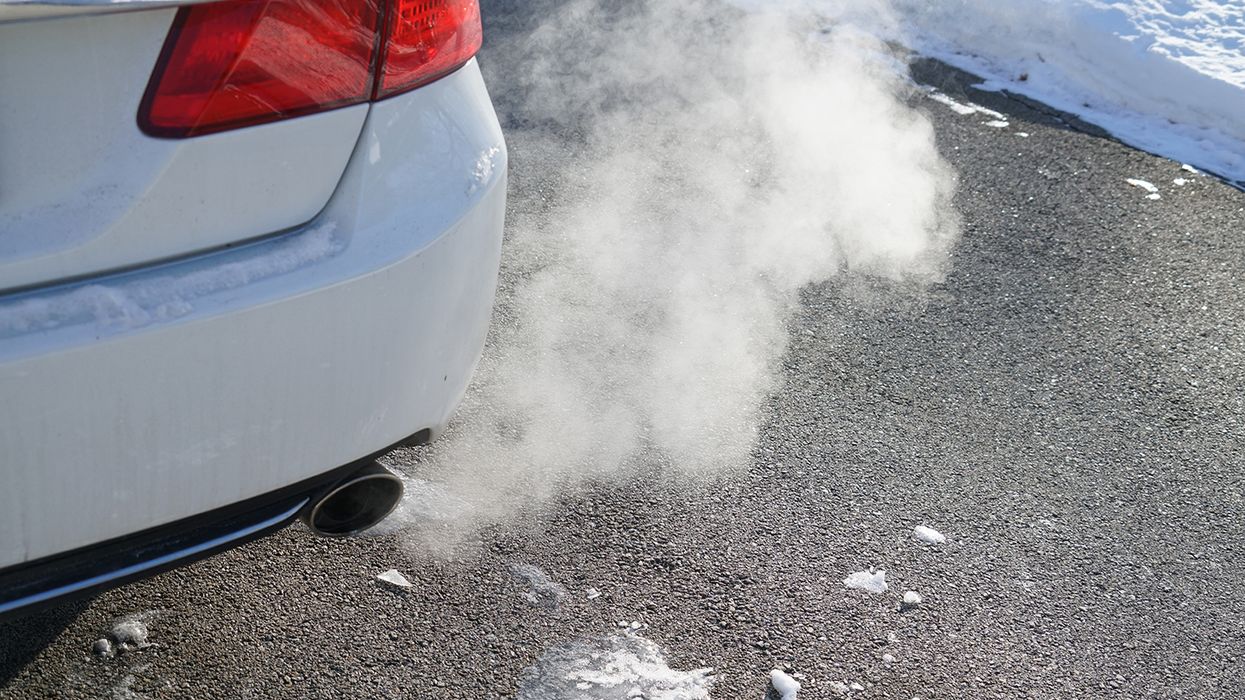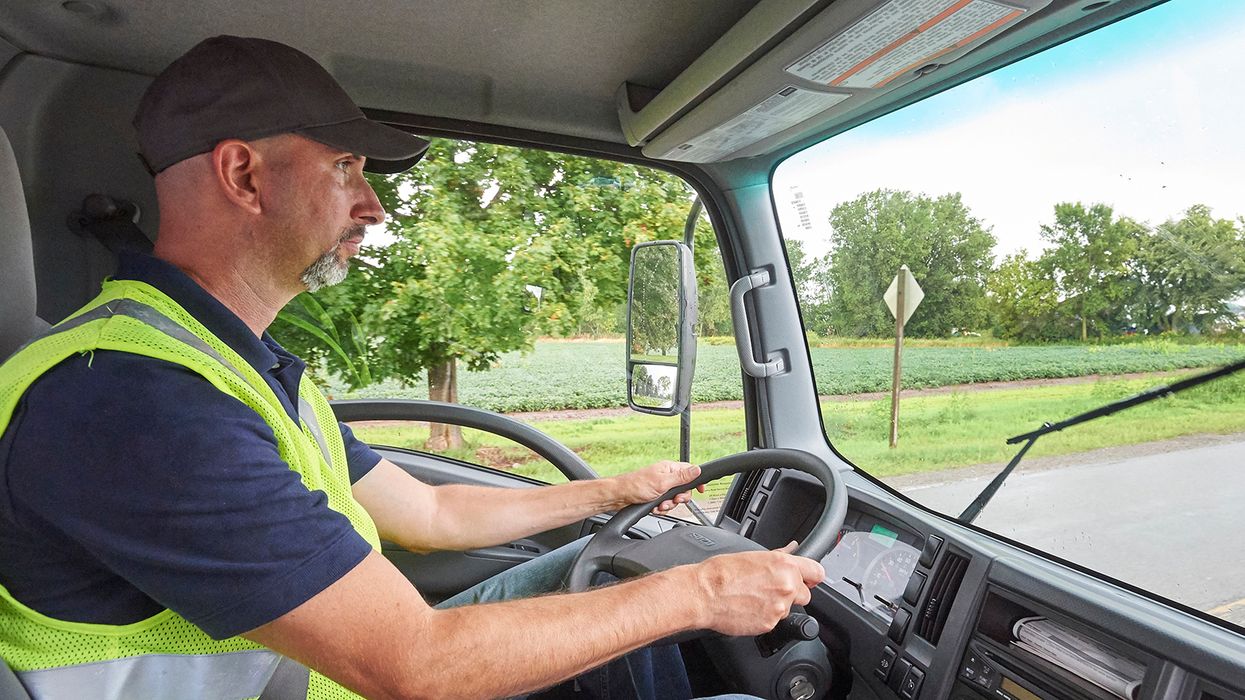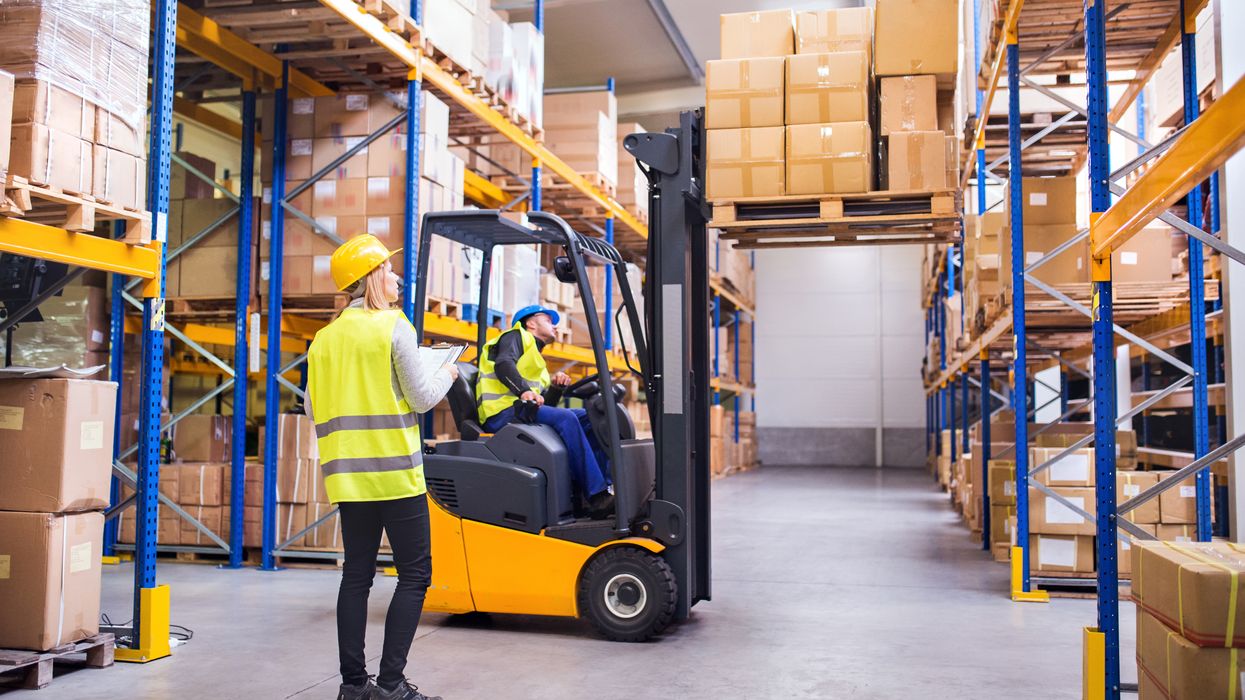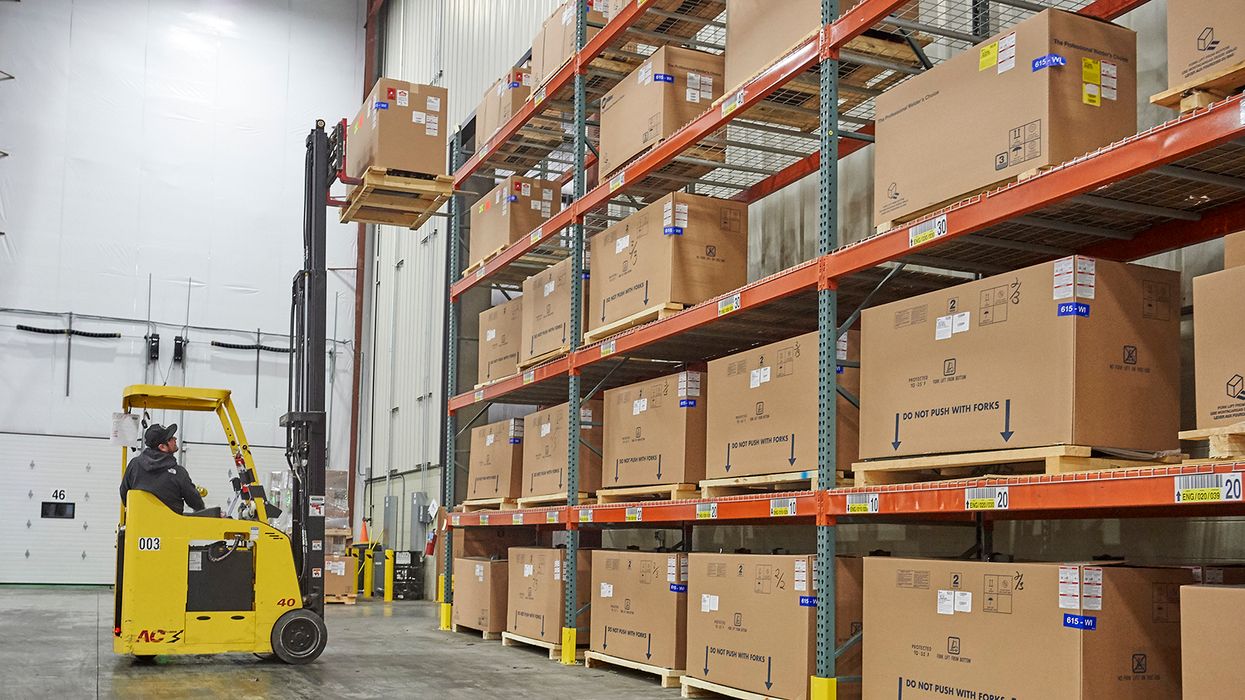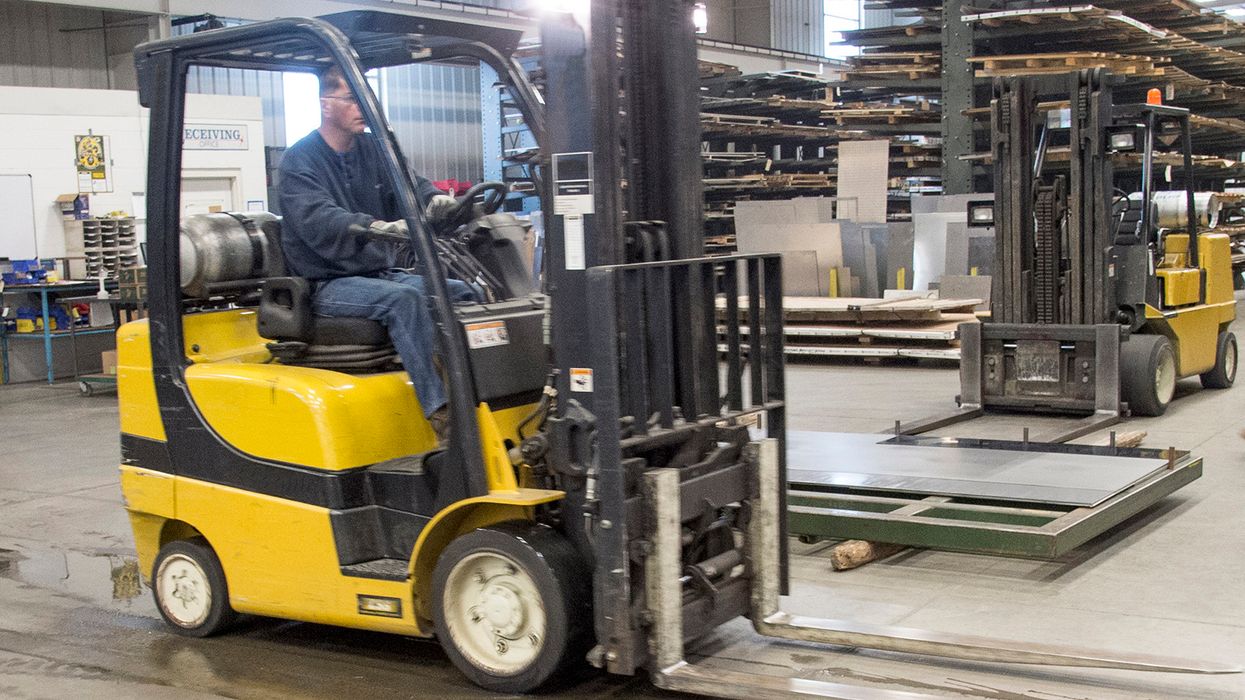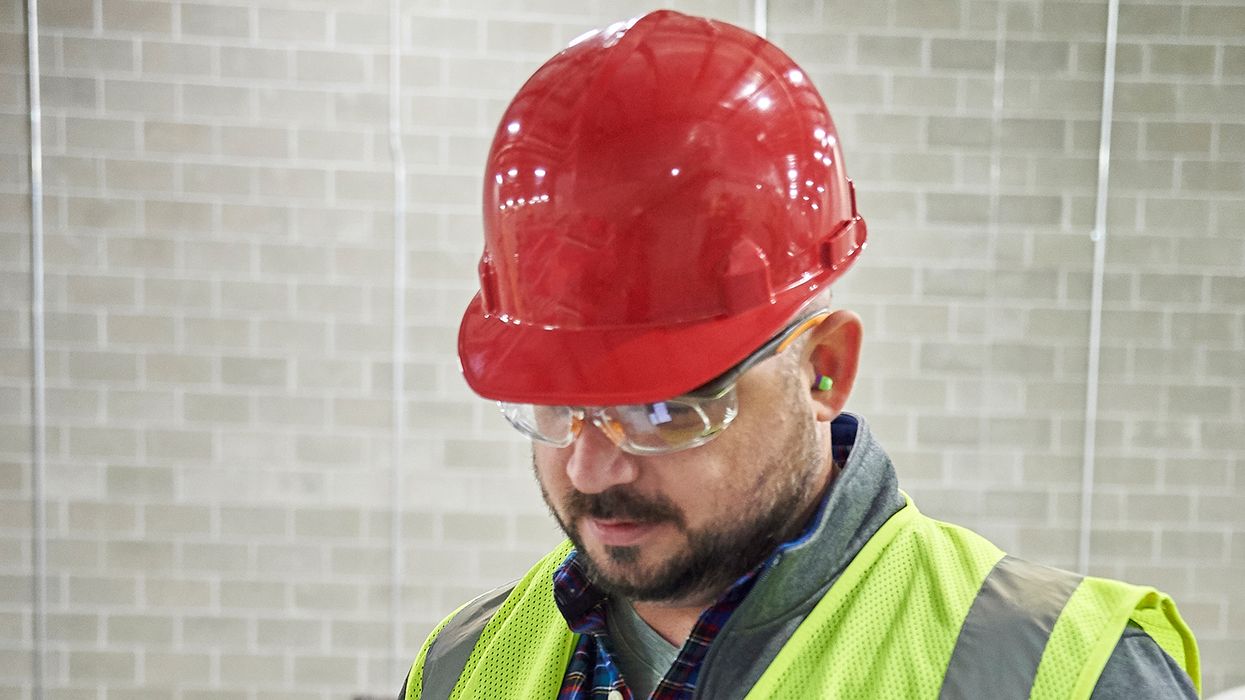Saving seconds: How signs can make a difference in emergency response times
When a crisis occurs in an organization, dependence on emergency response teams is vital to minimizing the potential of severe outcomes. But what if the responders are from outside the organization? Their knowledge of the facility may not be as familiar as internal employees. Organizations need to consider how best to close this knowledge gap to make sure outside response teams can quickly and efficiently respond to minimize injury to workers and damage to property in the event of an incident.
One potential solution to this challenge is using signs to highlight critical safety systems within the facility. These signs can play a crucial role in speeding up times for both internal and external response teams.
Defining FDCs
Fire Department Connections (FDCs) are key components to the fast response from your fire department. FDCs are required for buildings with standpipe systems. These connections are located on the exterior of buildings with standpipe or sprinkler systems allowing the fire department to connect their hoses to the building’s system and then they can provide or supplement the water supply. NFPA 14.3.3 further defines the FDC connections based on either manual or automatic standpipe systems.
Standards associated with FDC signage and markings
According to the Occupational Safety and Health Administration (OSHA), 1910.145(c)(3) says that safety instruction signs shall be used where there is a need for general instructions and suggestions relative to safety measures. This emphasizes the importance of clear signage to guide emergency response teams during critical situations, whether they are from inside or outside the organization.
The International Building Code (IBC) 912.2.2 tells us that FDC signs must be used if the FDC connection may not be visible to the fire department responding to the call. Depending on your building layout, foliage, seasons, etc., the FDC may not be easily seen from the road. The addition of a sign would be especially important for a quick response from your fire department.
IBC 912.2.2 also provides specifics on the design of the sign, the size, and the layout of the lettering, and indicates the best location for placing the sign for viewing from your building locations to the access roads. The choice in sign and approval of type and location should be reviewed and discussed with your local authority having jurisdiction (AHJ).
NFPA 14.9.9.5.2 also has specific requirements for signs marking the FDCs. The standard also provides specific requirements of what must be on the sign and the size and location of the lettering. Also, the standard does describe the language to be used for the different types of systems including manual or automatic and wet or dry type systems.
Your local AHJ may also have specific requirements or requests for your area. Always check with local authorities and building code officials to ensure you are in compliance with regulations that apply to your business.
Example of FDCs in action
Imagine a small fire breaks out in one of your buildings. A worker near the fire activates the pull station and employees proceed to evacuate the building as trained. The local fire department has been notified and dispatched to the location. As they approach the building, they do not see the FDC directly due to bushes planted in front of the building, but they do see a large sign noting FDC and quickly make their way to this spot, locate the FDC, connect, and proceed with putting out the fire.
In an event like this every second counts, the recognition of the location of the FDC with the proper sign potentially saved the responders crucial time before this fire got out of control. In this situation, the speed of the fire department response was able to put out the fire safely and effectively before it could cause more damage. But what if the responders couldn’t quickly recognize the location for their connection and valuable time was consumed?
Key to remember: Signage can provide critical information in times of crisis and can be the difference in minimizing damage to your facilities and injury to your workers.

